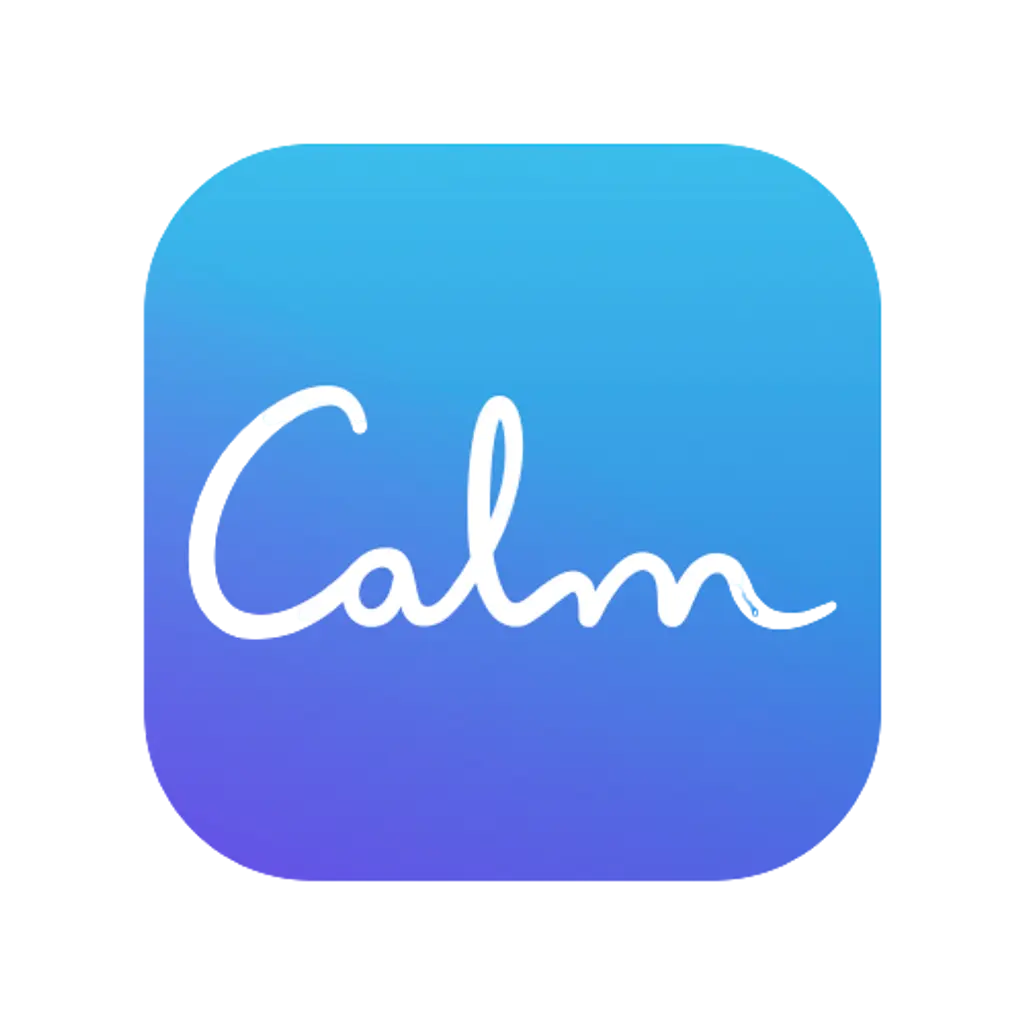Access Requirements
An Access Requirement or Reasonable Adjustment is a change that can be made to make it possible for you to access a building or service. It could be a ramp, or wider doorway to allow wheelchair access. It might be a portable induction loop for people with hearing aids, or providing a British Sign Language Interpreter.
Below is a selection of challenges and possible adjustments that could be made to assist with them challenges.
Challenge: Concentration and focus, Easily distracted, Procrastination, Fatigue
- Take short breaks throughout the Negotiate taking 10-15 minute breaks regularly away from your desk. This may mean working slightly longer core hours to accommodate this
- e.g. 8.30-5.30 rather than 9-5 would give you four 15 min breaks to take during the day when you needed them.
- Focus on one job at a time rather than multi-tasking when you may be distracted often.
- Set a regular timer on phone or PC to bring you back to focus should you tend to go off track – can be visual or This needs to be intrusive enough for you to notice it.
- Use a “do not disturb” sign/function on your telephone and email, when specific tasks require intense concentration.
- Ask your employer to encourage co-workers not to disturb you unless absolutely necessary.
- Ask your employer if you can work somewhere that is quiet and away from distractions, for example away from doors, busy phones, loud machinery.
- Understanding any sensory issues, g. open plan offices have lots of noise and lights, which may be minimised by the use of desk partitions, telephones that light up when ringing, noise-cancelling headphones, desk low-lights etc.
- Ask about the possibility of working from home occasionally or coming in early or staying late, to reduce distraction, stress and fatigue.
- Relaxation techniques can help with concentration.
Challenge: Hyperactivity
- If you need to move a lot, perhaps a chair that has a wide range of movement (balance chair) or a rise and fall desk allowing you to stand to work when you need to.
- Movement breaks can help control this – using stairs rather than lift, walking in office rather than internal phone/email.
- Stress ball – it’s a quiet outlet for the need to move rather than something that taps.
- Be aware that your need to move may be someone else’s If you need to pace up and down while thinking at work try to do it in a corridor rather than a shared office.
Challenge: Social interaction and communication
- Ask for an office mentor – maybe line manager, colleague, buddy Someone who can help you build awareness of how you communicate and any other issues with social cues. They can help defuse difficult social situations before they become too large.
- Asking for breaks from the office can help control heightened emotion and avoid outbursts.
- Understanding that your eye contact, speech, and body language may not be the same as other co-workers.
- Ask for clear and specific information and instructions about what is expected of you
- e.g. when going for interviews, completing work tasks etc. This could include travel directions, photographs of people you will be meeting, when activities will start and end.
- Understanding that you may find hypothetical or abstract questions difficult and that you may also interpret language quite literally.
- Ask if the employer can avoid asking questions that are too open g. “Tell me a bit about yourself”.
- Let employers know if you have a tendency to talk too much or focus on one particular topic at length, and that it is okay for them to let you know when you are doing this.
- Let the employer know that they may need to prompt you and ask supplementary questions in order to get the information from you that they need.
- For job interviews, invite a supporter along to help you, in case questions need to be rephrased, or you have misunderstood the context and need to be This person can act as a go-between to ease communication between you and the interviewer.
- Ask for a work trial so that you can demonstrate exactly how you would perform in the Some employers find that a two-way placement evaluation – a period of work experience – is a better way of assessing individuals’ talents than a formal interview.
- A first day at work could start with a full induction, an introduction to each employee, a map of the building/office and where each person sits and a timetable for the first week.
- Ask for an explanation of any unwritten rules of the workplace.
Challenge: Arithmetic
- Ask for a handheld or talking calculator, or use the calculator function on TextHelp software.
- Say the numbers out loud or write them down.
- Allow (and ask for) more time than usual for any tasks that involve arithmetic.
- Ask for written rather than verbal instructions
- If possible, ask for mathematical data to be represented in a visual way g. graphs, charts and infographics.
- Ask for facilities for speed dialling of telephone numbers.
- Appropriate reasonable adjustment for using security codes for doors and computer log in etc.
Challenge: Reading and writing
- Understanding that some tasks such as taking the minutes of meetings or reading a page of text may be difficult for you, and that you may need extra time to complete them.
- Allow (and ask for) plenty of time to read and complete tasks.
- Ask if the employer can use other ways of giving the same information that avoids reading.
- Alternative formats such as audio or videotape, drawings, diagrams and flowcharts.
- Ask for mind-mapping software, such as Inspiration, Mind Genius.
- Digital recorders and speech to text software.
Challenge: Spelling
- Assistive text software such as ClaroRead or TextHelp.
- Allow (and ask for) time for proofreading work.
Challenge: Written communication
- Ask for verbal as well as written instructions.
- Use alternatives to written information such as voice mail.
- Use/ask for screen reading software and scanners.
- A Reading Pen may be useful for unfamiliar words.
- Ask for information on coloured paper and set up a computer screen with a coloured background.
- Keep operating instructions next to office equipment such as photocopiers and scanners.
Challenge: Spoken communication
- Ask for instructions to be given one at a time, slowly and clearly, and in a quiet location.
- Ask for certain tasks to be demonstrated and/or supervised.
- Use a digital recorder.
- Back up verbal instructions and information with notes or diagrams.
Challenge: Organisation and planning
- Ask for a workspace that is quiet and free from distractions such as doors, phones and loud machinery.
- Ask if it is possible to work from home occasionally.
- Ask for a workspace that is well lit, neat and tidy.
- Ask for a wall planner that visually highlights appointments, deadlines and tasks.
- Ask for reminders of important deadlines and regular reviews of priorities and projects.
- Ask for timetables, mnemonics and mind maps if these help with prioritising work and meeting deadlines.
- Colour code items in your workspace.
- Ask for a personal digital organiser.
- Use computer features such as calendars, alerts and alarms.
- Create a daily “To Do” list.
- Ask for work to be broken up into manageable chunks.
- Build planning time into each day.
- Allow extra time for tasks and projects, for unforeseen circumstances.
- Ask for templates for detailed work, such as reports.
Challenge: Memory
- Use mnemonic devices and acronyms.
- Use diagrams and flowcharts to organise information.
- Use multi-sensory learning techniques such as reading material onto a tape machine and then playing it back whilst re-reading.
- Use appropriate computer software such as program menus and help features.
- Ask for incoming telephone calls to be kept to a minimum.
- Before making a telephone call, jot down the key points you want to cover.
Challenge: Sense of direction
- Try to use the same route each time.
- Ask for a visual representation of a route, and visible landmarks.
- Ask for detailed maps and/or GPS system.
Challenge: Working at a computer
- Change background colour of screen.
- Use/ask for an anti-glare screen filter.
- Take frequent breaks, at least every hour.
- Ask if you can avoid working on a computer all day and alternate computer work with other tasks.
- Ask for an ergonomic keyboard.
- Change or slow down the Keyboard short cuts can also be used as an alternative to the mouse.
I am in Crisis
If you feel you need immediate help, contact one of the below charities.
Recommended Apps
Below are a selection of the apps we recommend





